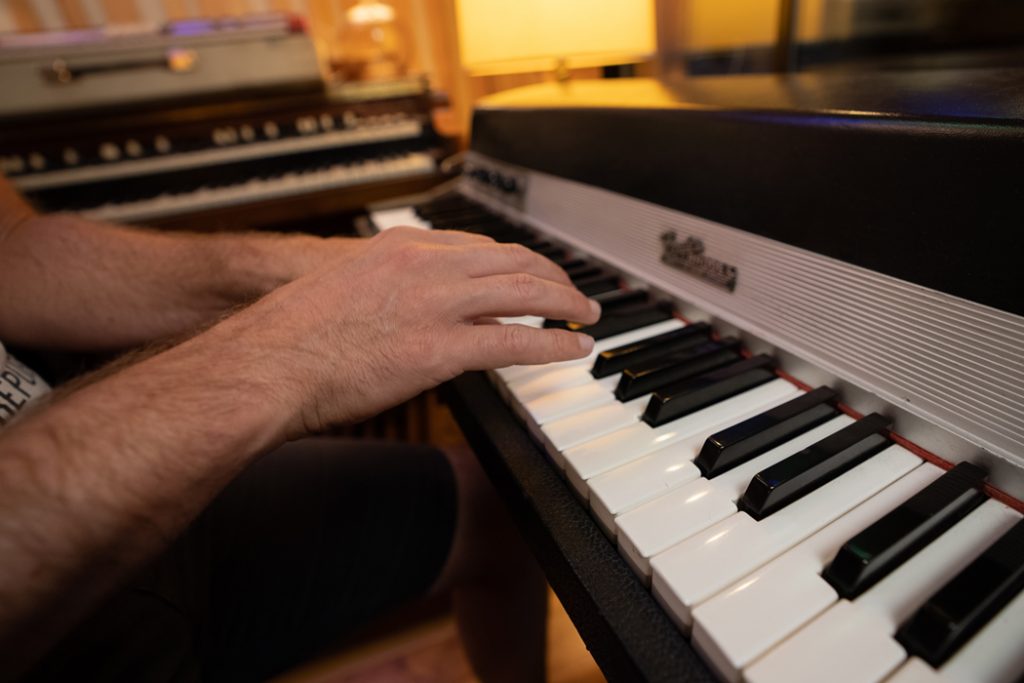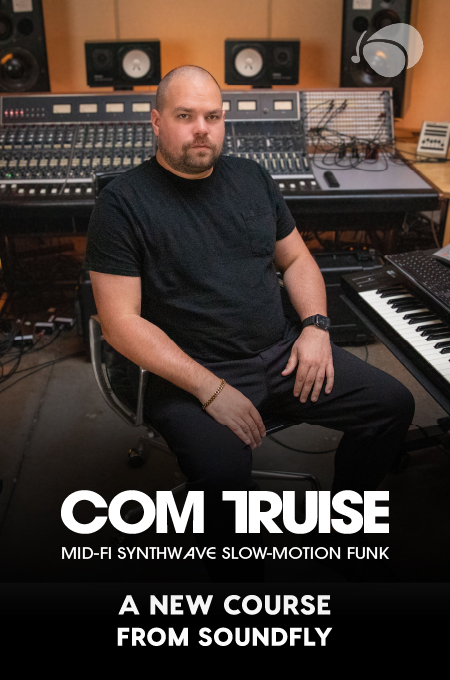+ Take your modern jazz piano and hip-hop beat making to new heights with Soundfly’s new course, Elijah Fox: Impressionist Piano & Production!
I love jazz. I love playing jazz, listening to jazz, shedding jazz, and talking with other people who love jazz, about jazz.
I recently released, with my group the PLS.trio, a new modern jazz record in the style of greats such as Pat Metheny and Esbjorn Svensson. According to a review by All About Jazz, our music takes “a balanced modern jazz approach subtly enhanced with airy electronic effects.” The five-star review went on to call the album “enormously winning.”
This may sound like my elevator pitch for the record (and really, it is). But sadly, no one cares. And I have the numbers to prove it.
Jazz is on the fast track to becoming the least popular music genre in America, and it’s only headed downhill from here.
According to Nielsen’s Year-End Report, in just the last four years, jazz’s market share in terms of album sales has declined from 2.8% in 2011 to a grumbling 2% last year — out-selling only children’s music. Even worse, when it came to overall music consumption including individual track sales and on-demand streams, jazz took a measly 1.4% share. That’s not a lot of ears on jazz.
Should jazz finally come to terms with its age and be put away on the shelf of music history alongside equally ill-selling classical? Perhaps. But to place jazz in the historical archives would mean defining what jazz really is, and that is the source of a heated debate among academics and performers of all genres. So, in this computer-driven, digitized era of music creation, performance, and discussion, what is jazz?
A few years ago, revered New Orleans trumpeter Nicholas Payton wrote a widely-circulated, scathing blog post on the current state of “jazz.” He argued that, in effect, it is dead, and it has been for a very long time. In his view, “jazz” as it exists today fails to pay due respect to the history of the music — music that was created by heavily marginalized, at times vilified black Americans, and then appropriated by the white musical community for their own profit, to the detriment of the music’s originators.
And it is on this point that I build my definition of jazz. Payton’s description of the history of jazz is absolutely correct. However, I don’t believe that it leads necessarily to a failure to honor the genre’s beginnings.
The mothers and fathers of jazz boast inimitably broad shoulders upon which all current and future generations stand, should they choose to incorporate any influence of this music into their own. Jazz is a word reclaimed by society and musical history, as a whole, to represent exactly what it was meant to — all the brilliant originators of this beautiful music.
The truth is not that jazz isn’t popular. It’s that it has changed dramatically, influenced countless young musicians, and has spread far and wide across the globe.
Everyone pursuing jazz and the music derived from it owes their respect to the heritage of the art form, in much the same way that contemporary film composers owe so much to the venerable classical composers of history. (The same Nielsen report listed the Frozen soundtrack — a highly-orchestrated album with many songs heavily influenced by classical music and the Great American songbook — as the biggest seller of last year).
The fact is that jazz, in its formative, primordial state, is dead.
But all of the musical forms which now draw from its rich harmonic sensibility, improvisational complexity, and established forms, and all the sub-genres that find their roots in jazz (R&B, hip-hop, trip-hop, nu jazz, modern jazz, etc.), owe their gratitude to this generative blanket. Just look to such heavily jazz-influenced artists as Robert Glasper, Esperanza Spalding, or even D’Angelo, and you can see what I mean. These artists are not generally called “jazz” artists in today’s genre-name-happy culture, but to deny the influence of that music would be a greater fallacy. To a young musician such as myself, that influence is jazz.
To some in the field, writing and arranging new instrumental music in this idiom is merely an academic exercise. I certainly don’t treat it that way. Yes, it is derivative of an institution that is no longer “cool,” but in order to play, learn, and pass my love of jazz on to future generations, I need to respect both new and old. By continuing to study the greats of the past and incorporate that knowledge into modern compositions, we honor the tradition of the music — even if it’s very different from what it once was.
What is jazz worth today? If you ask me, jazz’s value is in the incredible wealth of music it has inspired, and it will be kept alive by new musicians continuing to draw inspiration from its roots. I honor jazz by reinterpreting it in my own words, and using my music to educate new communities on America’s great jazz tradition.
How will you keep jazz alive?
Don’t stop here!
Continue learning with hundreds of lessons on songwriting, mixing, recording and production, composing, beat making, and more on Soundfly, with artist-led courses by Kimbra, Com Truise, Jlin, Ryan Lott, and the acclaimed Kiefer: Keys, Chords, & Beats.




